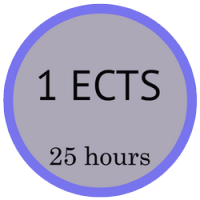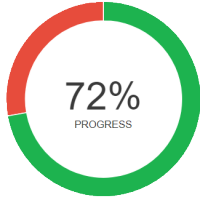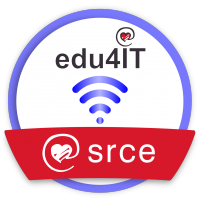Introduction to wireless network design
Authoring institution: University of Zagreb, University Computing Center - SRCE
The aim of the course is to prepare system and network engineers, especially at higher education institutions, and also other IT specialist to successfully implement and maintain wireless network(s) in institutions where they work. In practical work participants will get hand-on knowledge how to design wireless network from the start. The course will also provide important tips&tricks how to troubleshoot wireless network problems and keep wireless network healthy. During the course participants will work on design for a wireless network based on customer’s needs for coverage and capacity.











 Project No. 2016-1-LT01-KA202-023131″
Project No. 2016-1-LT01-KA202-023131″